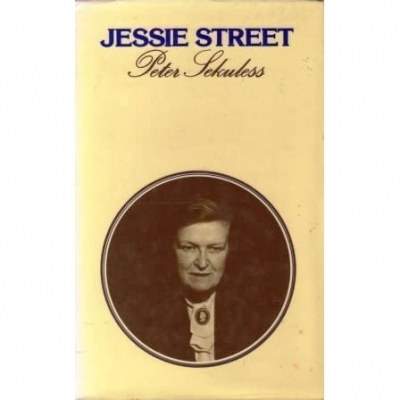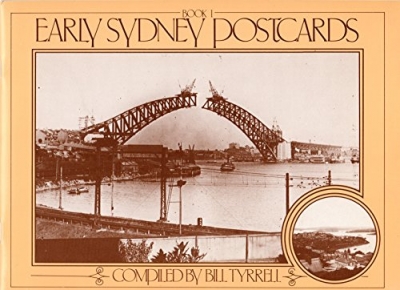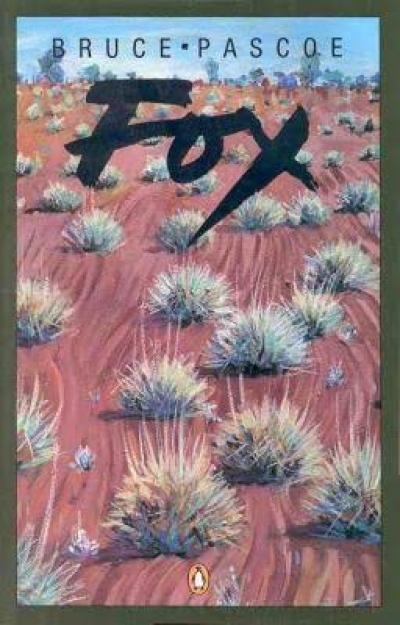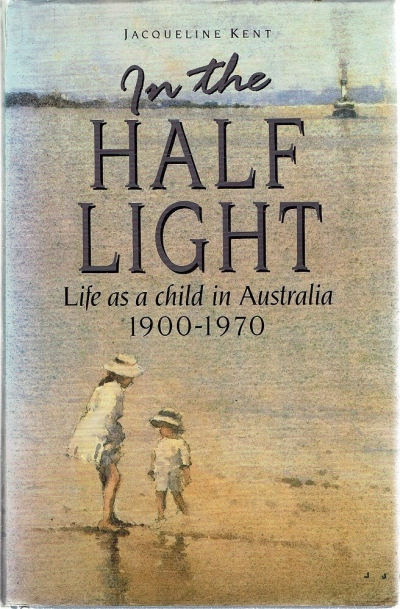Archive
Jessie Street: A rewarding but unrewarded life by Peter Sekuless
by Margaret Allen •
Bad Boys: AFL, Rugby League, Rugby Union and Soccer by Roy Masters
by Braham Dabscheck •
Australia at the Crossroads: Reflections of an outsider by B. A. Santamaria
by James Griffin •
In the Half-Light: Life as a child in Australia 1900-1970 edited by Jacqueline Kent
by Brenda Niall •
The Jews of Paris and the Final Solution: Communal Response and Internal Conflicts, 1940-1944 by Jacques Adler
by Sol Encel •
The Unforgiving Rope: Murder and hanging on Australia's western frontier by Simon Adams
by Richard Harding •
we live with myriad trees
brush boxes engulf our balconies
October skins bursting pistachio green
beneath in bark litter
Chinese boys carry lattes
crack basketballs down the middle seam









